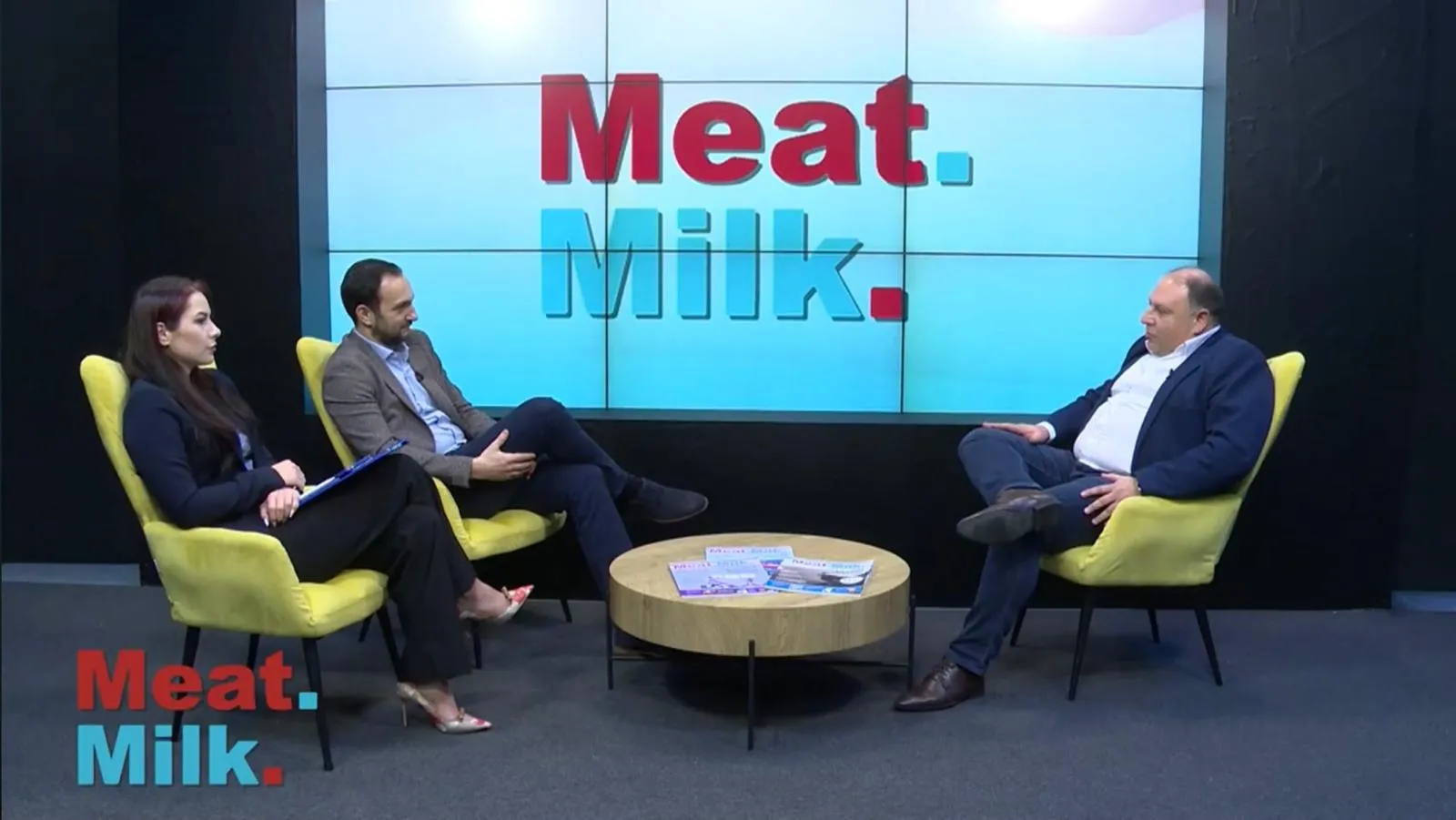
EFSA Warns: Antibiotic-Resistant Bacteria Spreading Through Food Chain
Carbapenemase-producing bacteria, once primarily a hospital concern, are now being detected in farm animals and food products across Europe, according to the latest scientific opinion from the European Food Safety Authority (EFSA) on the emergence and spread of carbapenemase-producing Enterobacterales (CPE) in the EU/EFTA food chain.
Bacteria on the Move
While there is no definitive evidence that these bacteria are spreading to humans through food, identical strains have been found in both animals and humans, suggesting potential cross-transmission.
CPE are bacteria that produce enzymes—carbapenemases—that deactivate carbapenem antibiotics, which are often used as a last-resort treatment for serious infections in humans. Resistance to these antibiotics poses a major public health risk, potentially leaving few effective treatment options.
EFSA’s latest assessment builds upon its 2013 scientific opinion and evaluates data and literature up to the end of February 2025, with contributions from EU and EFTA countries and the European Centre for Disease Prevention and Control (ECDC).
Key Findings
- CPE have been detected in the food chain in 14 of the 30 EU/EFTA countries since 2011.
- The most commonly reported CPE are E. coli, Enterobacter, Klebsiella, and Salmonella, mainly originating from food-producing terrestrial animals such as pigs, cattle, and, to a lesser extent, poultry.
- Reported CPE cases have increased, particularly in pigs, cattle, and poultry, with notable spikes in 2021 and 2023 in several member states.
- Ten countries have developed emergency response plans to monitor and control these bacteria.
Key Recommendations
To prevent or reduce the emergence and spread of CPE, EFSA recommends:
- Expanding monitoring to include currently overlooked food sources (e.g. seafood and vegetables) and additional bacterial species (e.g. Klebsiella);
- Improving detection methods, conducting follow-up investigations, and performing molecular typing of bacterial strains to better understand transmission pathways—including possible spread via workers and animal feed;
- Focusing research on the design of targeted studies to gain deeper insight into how CPE spread throughout the food chain.
Next Steps
EFSA will continue to support EU and EFTA countries in investigating and generating new data on the emergence and transmission of CPE, taking into account gene variability across different countries and animal species. An updated scientific opinion is expected in 2027, reflecting the latest developments.
EFSA’s ongoing efforts to combat antimicrobial resistance demonstrate its commitment to protecting public health in a rapidly evolving scientific landscape.





